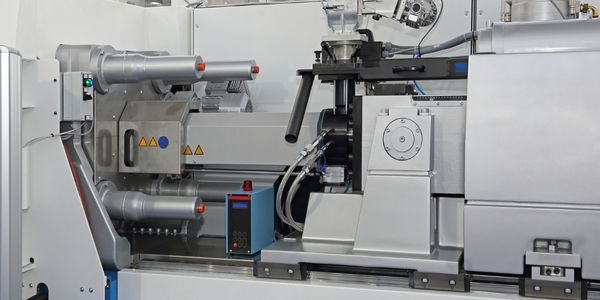Download PDF
Sutlej Textiles finds a solution that suits its business with IBM and SAP
Technology Category
- Platform as a Service (PaaS) - Application Development Platforms
Applicable Functions
- Discrete Manufacturing
- Procurement
Use Cases
- Manufacturing System Automation
- Supply Chain Visibility
Services
- System Integration
- Software Design & Engineering Services
The Challenge
Sutlej Textiles, a major producer of textiles in India, was facing increasing competitive pressures and needed an integrated ERP environment to improve efficiency, flexibility, and speed of response. The company lacked a single, clear view of processes and performance across its diverse and complex operations, which was hindering its plans to win market share from competitors. To keep pace with rapid changes in the global textiles industry, and to meet the challenge of its revenue growth targets, Sutlej Textiles needed to improve efficiency across its end-to-end business processes. The textiles sector is highly competitive, and there is constant pressure to cut costs while improving quality and time-to-market for an increasingly diverse range of products. Sutlej Textiles recognized that implementing an integrated ERP solution could both help it achieve these goals and enable improved business control and transparency.
About The Customer
Sutlej Textiles and Industries Limited, part of the K K Birla conglomerate, is a major producer of textiles in India. The company’s activities span all stages of textile production, from spinning and weaving to dyeing, finishing and even the manufacture of clothing. With a marketing network in 60 countries around the globe, Sutlej Textiles has ambitious plans to reach US$ 240 million in annual revenues within the next two years. As a mid-sized company operating in an extremely competitive business environment, Sutlej Textiles must keep tight control over its IT costs.
The Solution
Sutlej Textiles selected OBTTextile, a qualified SAP Business All-inOne partner solution from ZenSar OBT Technologies Limited, based on SAP ERP 6.0 software, and running in two logical partitions on an IBM System i 550 server under the IBM i operating system. The OBTTextile solution supports all of the production planning, materials management, manufacturing, financial, sales and marketing processes at Sutlej Textiles, and provides a single, integrated view of business performance to senior management. In addition to ensuring efficient, transparent processes, the SAP software enables rapid response to changing market conditions and improved collaboration between different internal teams. By selecting an IBM System i 550 server with advanced logical partitioning capabilities, Sutlej Textiles was able to implement the production and development environments for its SAP solution on the same physical machine, sharing processing resources flexibly.
Operational Impact
Related Case Studies.

Case Study
Remote Temperature Monitoring of Perishable Goods Saves Money
RMONI was facing temperature monitoring challenges in a cold chain business. A cold chain must be established and maintained to ensure goods have been properly refrigerated during every step of the process, making temperature monitoring a critical business function. Manual registration practice can be very costly, labor intensive and prone to mistakes.

Case Study
Plastic Spoons Case study: Injection Moulding
In order to meet customer expectations by supplying a wide variety of packaging units, from 36 to 1000 spoons per package, a new production and packaging line needed to be built. DeSter wanted to achieve higher production capacity, lower cycle time and a high degree of operator friendliness with this new production line.

Case Study
Robot Saves Money and Time for US Custom Molding Company
Injection Technology (Itech) is a custom molder for a variety of clients that require precision plastic parts for such products as electric meter covers, dental appliance cases and spools. With 95 employees operating 23 molding machines in a 30,000 square foot plant, Itech wanted to reduce man hours and increase efficiency.

Case Study
Fully Automated Visual Inspection System
Tofflon has developed a fully automatic machine that uses light to inspect vials, medicine bottles, or infusion containers for glass fragments, aluminum particles, rubber grains, hairs, fibers, or other contaminants. It also detects damaged containers with cracks or inclusions (microscopic imperfections), automatically removing faulty or contaminated products. In order to cover all production processes for freeze-dried pharmaceuticals, Tofflon needed to create an open, consistent, and module-based automation concept.

Case Study
SAP Leonardo Enabling Rocket Science
At times, ULA has as many as 15 different operating systems dedicated to overlapping processes, such as rocket design, testing, and launch. Multiple systems created unnecessary costs and unwanted confusion among workers at offices, factories, and launch sites in different location. In order to improve collaboration and transparency during vital activities that directly influence mission success, ULA wanted to improve data sharing and streamline manufacturing processes.






